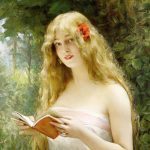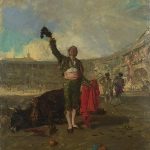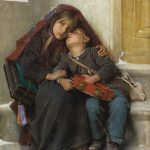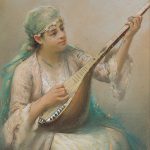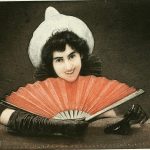
Jean-Léon Gérôme (1824-1904) was a French painter, sculptor, and academic artist who was a prominent figure in the 19th-century art world. He is best known for his meticulously detailed historical and genre paintings, often set in classical or exotic locations. Here’s a biography of Jean-Léon Gérôme:
Early Life and Education:
- Jean-Léon Gérôme was born on May 11, 1824, in Vesoul, France.
- He displayed an early talent for art and began his formal training at the Royal Academy of Fine Arts in Paris. His teachers included the neoclassical painter Paul Delaroche.
Artistic Style and Influences:
- Gérôme’s early works were influenced by neoclassicism, a style characterized by an emphasis on classical themes and a high level of technical precision.
- He also drew inspiration from academic art, which emphasized historical accuracy, meticulous detail, and rigorous training in the classical tradition.
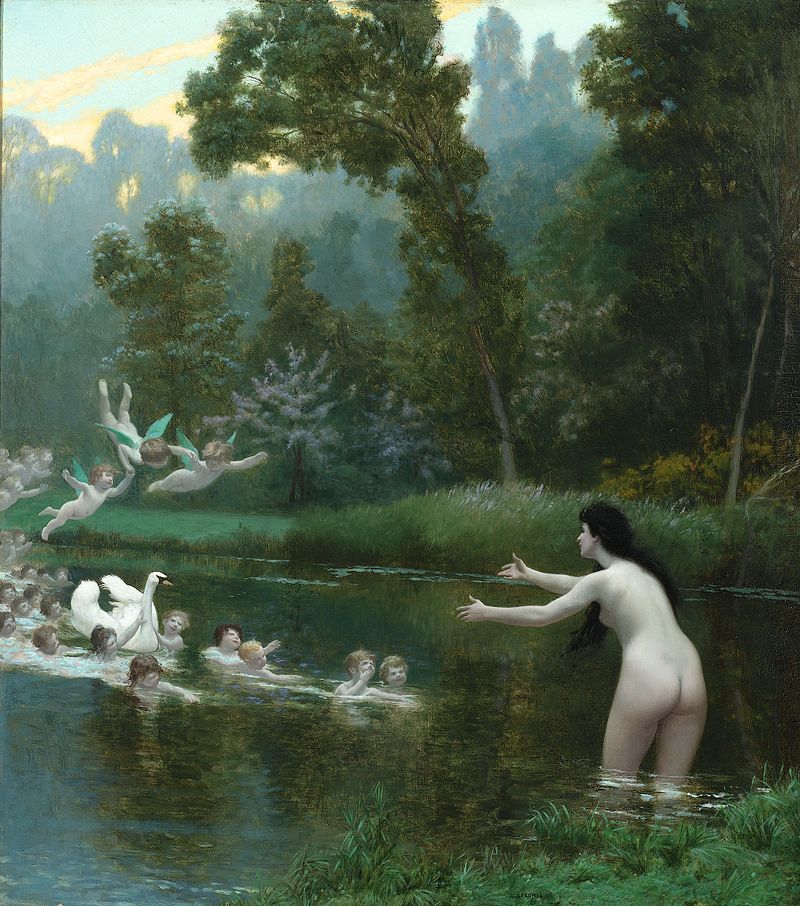
Exhibitions and Recognition:
- Gérôme first exhibited his work at the Salon, the annual art exhibition in Paris, in 1847. His painting “The Cock Fight” gained him significant recognition and marked the beginning of his successful career.
- He continued to exhibit at the Salon throughout his life and received numerous awards and honors for his works, including medals and the prestigious Legion of Honour.
Subjects and Themes:
- Gérôme’s art covered a wide range of subjects, but he was particularly known for his historical and genre scenes, often set in ancient Rome, Greece, or the Orient.
- He was a master at depicting intricate details in his paintings, whether it was the textures of clothing, the architecture of ancient buildings, or the play of light and shadow.
Orientalist Art:
- Gérôme was one of the leading artists of the Orientalist movement, which was characterized by the fascination with and romanticization of the cultures and landscapes of the Middle East and North Africa.
- His Orientalist works often featured exotic and sumptuous settings, with themes that ranged from market scenes to harem interiors.
Later Career and Legacy:
- As photography gained popularity, Gérôme adapted to changing times by incorporating photography into his artistic process. He used photographs to assist in creating detailed and realistic compositions.
- Gérôme also became a respected teacher and mentor at the École des Beaux-Arts in Paris, where he influenced a generation of young artists.
- His work had a lasting impact on the academic tradition in art and continued to be appreciated long after his death.
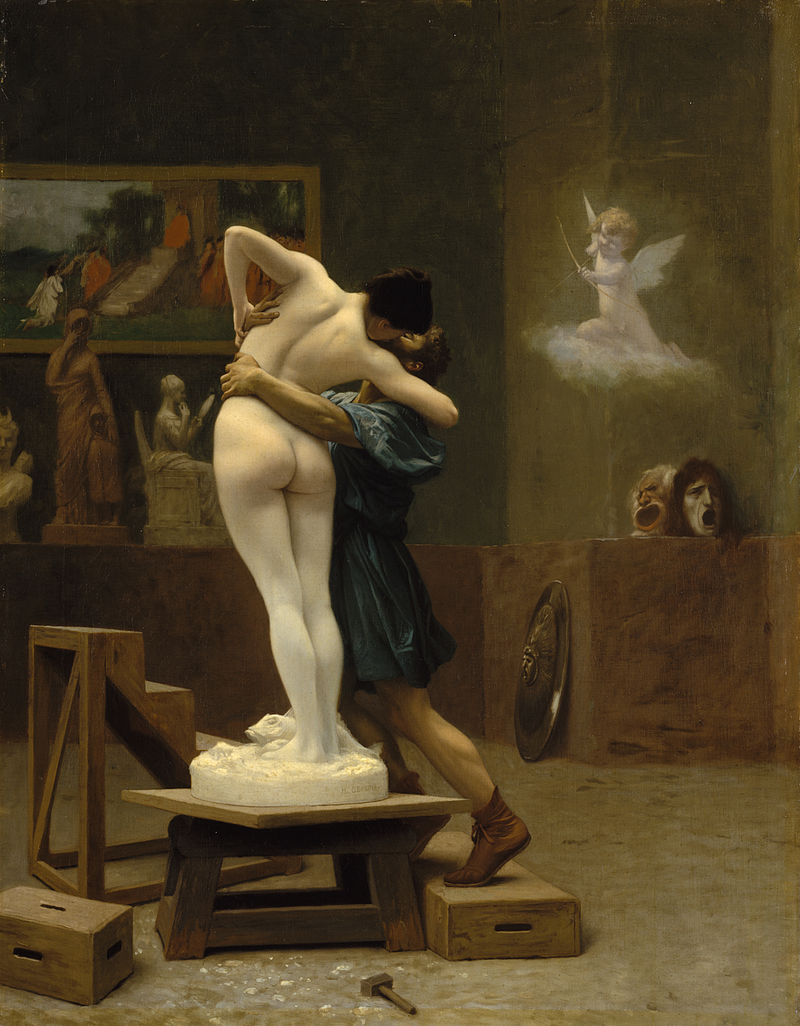
Jean-Léon Gérôme passed away on January 10, 1904, in Paris, France. He left behind a rich and varied body of work that remains highly regarded for its technical excellence, historical accuracy, and the vivid portrayal of exotic and classical themes. His influence on academic art and his contributions to the Orientalist movement have cemented his place in the history of 19th-century French art.

